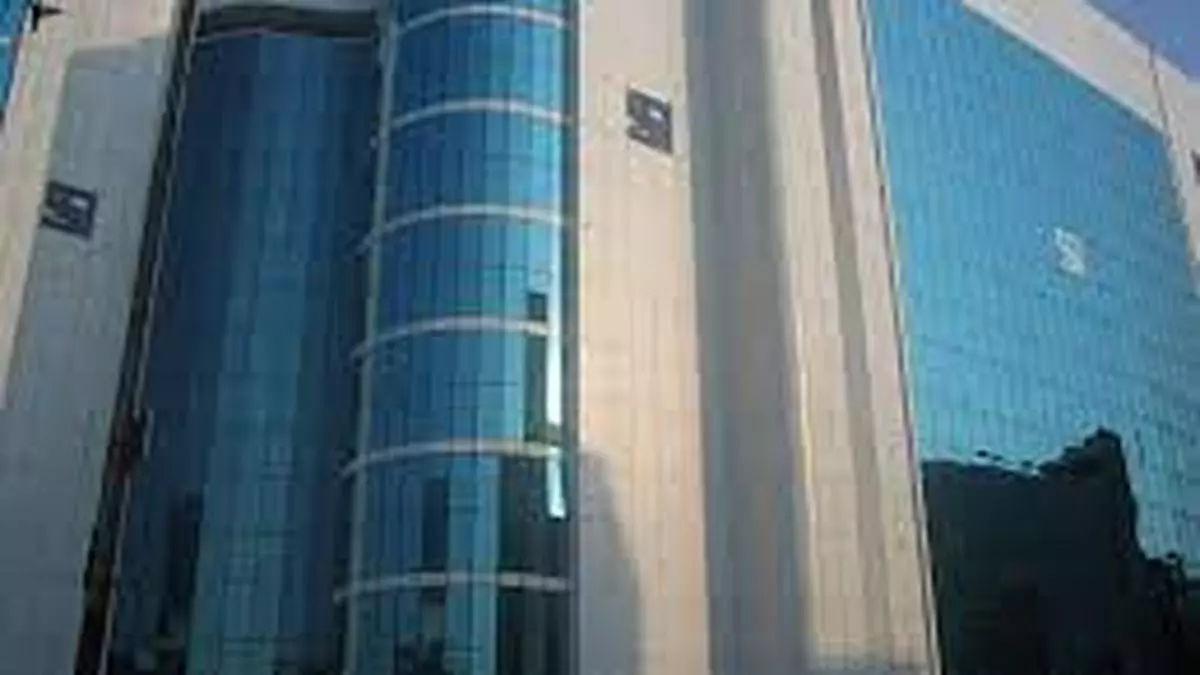SEBI tweaks dynamic price bands for scrips in derivatives segment
SEBI has tweaked the dynamic price bands for scrips in the derivatives segment.
At present, the conditions precedent for flexing is minimum of 25 trades to be executed with minimum five different UCCs on each side of the trade at or above 9.90 per cent and so on. This has been revised to a minimum of 50 trades, 10 unique UCCs and 3 trading members on each side to take care of issues related to sudden price movement, fat finger error, etc.
For the first two instances of flexing, the price band would be flexed by 5 per cent of yesterday’s closing price after the cooling off period. This cooling off period would be 15 minutes if conditions for flexing are satisfied before last half an hour of trading and 5 minutes if conditions for flexing are satisfied in the last half an hour of trading.
For subsequent two instances of flexing, price band would be flexed by 3 per cent of yesterday’s closing price after the cooling off period of 30 minutes. For subsequent instances of flexing, price band would be flexed by 2 per cent of yesterday’s closing price after the cooling off period of 60 minutes.
If the last traded price (LTP) of the options contract is available and not stale, the temporary floor or ceiling as applicable, would be linked to LTP of options contract. If the LTP of the options contract is unavailable or stale, the temporary floor or ceiling as applicable, would be linked to theoretical price of the options contract.
Such temporary floor or ceiling would allow certain absolute rupee movement or percentage movement over the last traded price/theoretical price to allow market participants to, for instance, hedge/close their open positions by executing trades in options during the cooling off period.
Once price band for underlying scrip is flexed, at the end of cooling off period, the price band for options contracts would be flexed concurrently, thereby doing away with temporary floor or ceiling.
